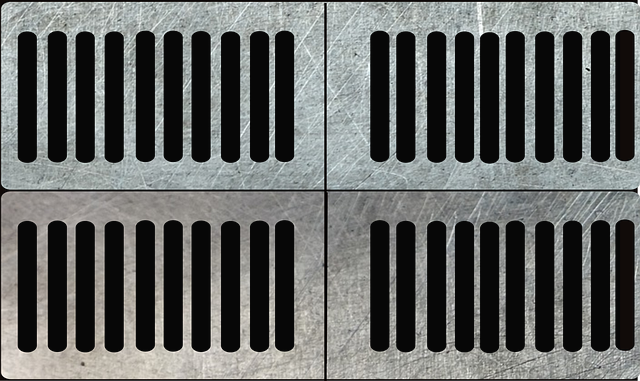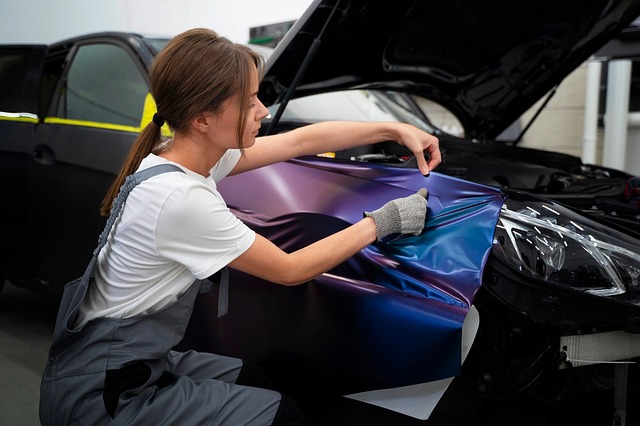Sewer line replacement is crucial for urban infrastructure, addressing age-related issues like corrosion and blockages that can cause disruptions and environmental hazards. Regular inspections and modern replacement methods using durable materials minimize property disturbance. Homeowners should watch for signs like slow drainage or unusual odors, requiring prompt action to prevent costly damages. Professional installation involves meticulous assessment, excavation, relining/replacement, backfilling, and testing. Choosing the right materials like PVC, polyethylene, or steel is essential for longevity. Avoiding planning mistakes, low-quality materials, and unqualified personnel ensures a successful sewer line replacement. Regular maintenance, including eco-friendly products and periodic cleaning, extends the lifespan of sewer lines, preventing costly replacements.
Professional sewer line installation is a critical aspect of maintaining a functional and efficient plumbing system. Understanding when and why sewer line replacement is necessary is key, as it can prevent costly damages and disruptions. This article delves into the process, materials, and common pitfalls associated with professional sewer line installation, offering valuable insights for both professionals and homeowners. By exploring these aspects, you’ll gain a comprehensive understanding of effective sewer line replacement practices.
Understanding Sewer Line Replacement: Why It's Necessary

Sewer line replacement is a critical aspect of maintaining a functional and healthy plumbing system, especially in urban areas where the infrastructure supports a bustling metropolis. Over time, sewer lines can become outdated, damaged, or blocked, leading to various issues like leaks, clogs, and even structural failures. These problems not only cause inconvenient disruptions but also pose significant health and environmental risks if left unattended.
The necessity for sewer line replacement arises from several factors, including age-related deterioration, corrosion, tree root infiltration, and heavy traffic or construction activity nearby. Regular inspection and maintenance can help identify potential issues early on, allowing for timely repairs or replacements to prevent more severe damage. With advancements in technology and materials science, modern sewer line replacement methods offer enhanced durability, better flow capacity, and reduced disruption to surrounding properties.
Identifying Signs That Indicate a Need for Sewer Line Replacement

Many homeowners often overlook the importance of their sewer lines until an issue arises. Identifying signs that indicate a need for sewer line replacement is crucial to prevent costly damage and disruptions. One of the most obvious symptoms is noticeable changes in plumbing performance, such as slow drainage or frequent clogs, which could point to obstructions or wear and tear in the sewer lines.
Another sign to watch out for is unusual odours coming from drains or sink traps. This might be an early indication of a breach or blockage that allows sewage gases to escape. Additionally, if you notice backflows or sinks that drain slowly after heavy rainfall, it could suggest that the sewer lines are not effectively managing stormwater runoff, indicating potential damage or insufficiency that may require sewer line replacement.
The Process of Professional Sewer Line Installation Step-by-Step

Professional sewer line installation involves a meticulous process designed to ensure long-lasting, reliable drainage systems. It begins with a thorough inspection to identify any damage or blockages in the existing sewer lines. This step is crucial as it determines the extent of the work required and helps professionals navigate potential challenges beneath the surface.
Once the assessment is complete, the team marks out the route for new sewer lines, considering factors like topography and infrastructure placement. Excavation follows, where specialized machinery carefully digs along the planned path. This process aims to minimize disruption to surrounding areas. After excavation, the old sewer line is removed or relined, depending on its condition. Then, new pipes are laid, fitted tightly, and connected to ensure a seamless flow of waste water. Finally, backfilling occurs, involving the careful placement of soil and materials to restore the excavated area, followed by a thorough testing phase to guarantee the new sewer line’s functionality and effectiveness in replacing the old system.
Choosing the Right Materials for Longevity and Efficiency

When it comes to professional sewer line installation or replacement, selecting the appropriate materials is paramount for both longevity and efficiency. High-quality pipes are essential to ensuring your sewer system can withstand the test of time and resist corrosion. Modern options include a range of durable materials such as PVC, polyethylene, and steel, each with its advantages.
PVC, known for its light weight and ease of installation, offers excellent resistance against chemicals and is less prone to cracking over time. Polyethylene, on the other hand, provides exceptional flexibility and can navigate tight turns, making it ideal for complex layouts. Steel pipes, while heavier, offer superior strength and durability, ensuring long-term performance even under heavy traffic or soil conditions. Choosing the right material aligns with the project’s specific needs, contributing to a seamless and efficient sewer line replacement process.
Common Mistakes to Avoid During Sewer Line Replacement Projects

When undertaking a sewer line replacement project, it’s crucial to stay clear of common pitfalls that can lead to costly delays and subpar results. One frequent mistake is neglecting proper planning. This includes inadequate assessment of the existing infrastructure, leading to unforeseen challenges during installation. It’s essential to thoroughly inspect the sewer system, considering factors like age, material, and current condition to ensure a successful replacement without disruptions.
Another avoidable error is selecting inferior materials or hiring unqualified personnel. Using low-quality pipes or equipment can compromise the integrity of the new sewer line, leading to future leaks or blockages. Similarly, untrained workers may not employ best practices, resulting in improper installations that can cause long-term problems. Always opt for high-grade materials and experienced professionals to ensure a durable and efficient Sewer Line Replacement.
Maintenance Tips to Ensure Long-Lasting Sewer Lines

Regular maintenance is key to extending the lifespan of your sewer lines and avoiding costly replacements. One of the most effective preventive measures is to avoid throwing any non-biodegradable materials down the drain. Items like grease, food scraps, and sanitary products can congeal and clog your pipes, leading to backups and potential damage. Schedule regular drain cleaning services, especially in homes with older plumbing or frequent clogs.
Additionally, consider inspecting your sewer lines for any signs of damage, corrosion, or leaks. Look out for unusual noises, gurgling sounds, or slow-moving drains, as these could indicate a problem. Catching issues early can prevent more severe damage and the need for complete sewer line replacement. Using eco-friendly cleaning products and avoiding chemical drain cleaners can also help maintain the health of your sewer lines.
